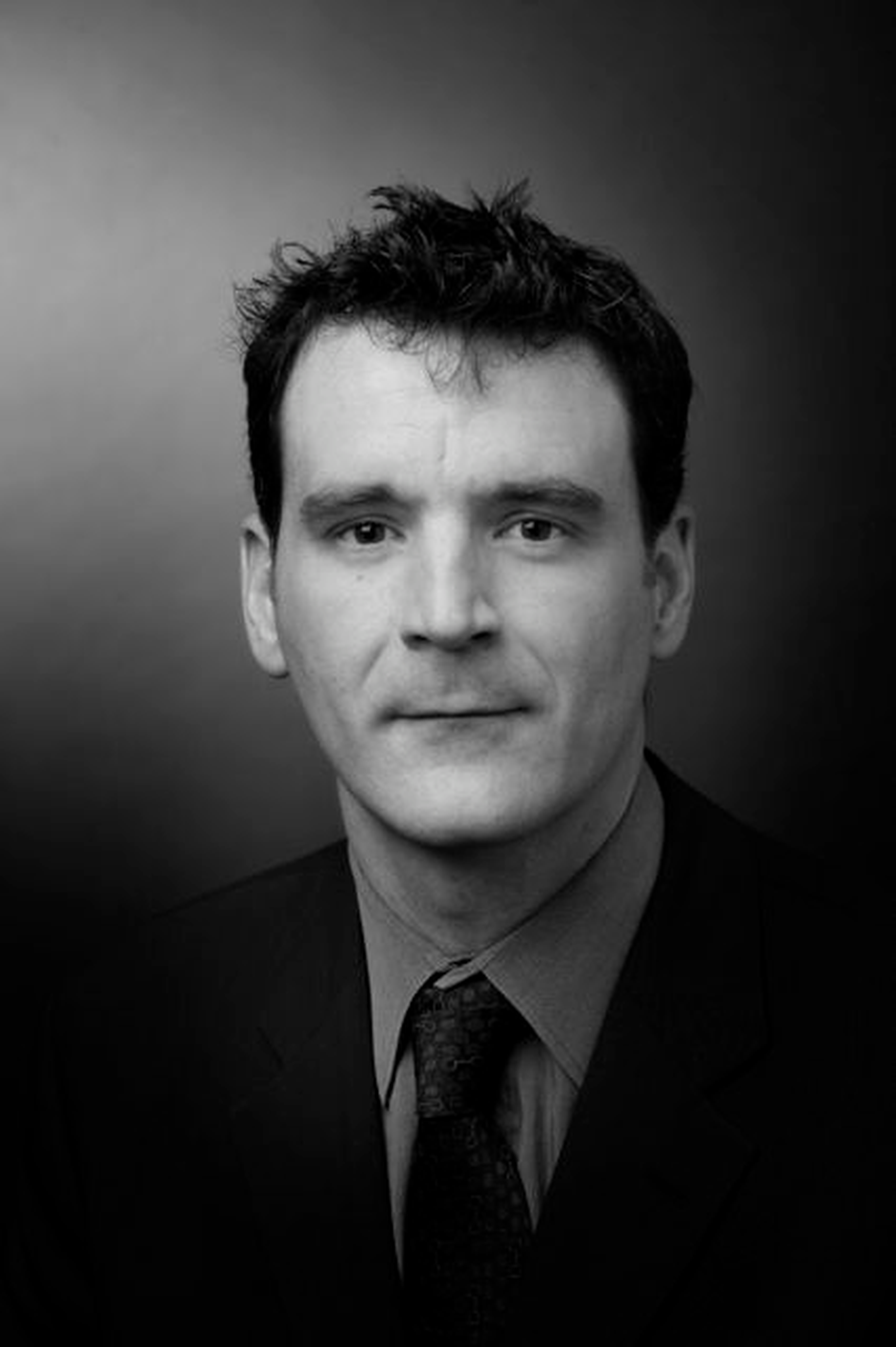Since 1999, Wi-Fi has followed the same architecture — a single lane road — ideal for connecting one or two devices. Fast-forward to today, where Wi-Fi has become one of the most wildly successful technologies. It’s everywhere from your laptop, to iPads, phones, TV’s, gaming platforms and now even thermostats and lightbulbs. And, it simply wasn’t designed to deal with the proliferation of devices – 3 billion devices shipped last year!
Edgewater Wireless, headquartered in Ottawa, is revolutionizing Wi-Fi and have patented the industry’s first multi-lane highway for Wi-Fi. A multi-lane highway for Wi-Fi, Edgewater’s Wi-Fi Spectrum Slicing, or MCSR™, offers a revolutionary approach designed specifically to tackle the billions of connected devices globally.
Developed in concert with CableLabs, the global R&D arm of the Cable Industry, Dual-Channel Wi-Fi is an emerging standard that has been designed to address some of the biggest challenges in the $500B cable industry.

To learn more about the topic, we have conducted an interview with Andrew Skafel, CEO of Edgewater Wireless.
Can you tell us more about Edgewater Wireless?
Edgewater Wireless (www.edgewaterwireless.com) is the industry leader in innovative Wi-Fi Spectrum Slicing technology for residential and commercial markets. A disruptive, next-generation approach to wireless, Wi-Fi Spectrum Slicing optimizes scarce spectrum to deliver demanding applications like video, gaming, and voice applications as the highest quality-of-service possible.
We deliver advanced silicon solutions, Access Points, and IP licensing designed to meet the high-density and high quality-of-service needs of service providers and their customers. With 24+ patents, Edgewater’s Multi-Channel, Single Radio (MCSR) technology revolutionizes Wi-Fi, delivering next-generation Wi-Fi today.
What is meant by Dual-Channel Wi-Fi?
Dual Channel Wi-Fi™ is an emerging standard, backed by the global body CableLabs, and it’s designed to deliver an efficient and more reliable connection.
With traditional Wi-Fi, users have access to only one channel at a time. Because one channel is used for both for sending and receiving, devices often have to wait. This can result in buffering, frame freezing, pixilation and other frustrating side effects such as dropouts, lag, etc.
Dual Channel Wi-Fi solves this issue by adding one or more data channels. The primary channel is used for upstream and small downstream data packets, and the others are used for large downstream and time-critical data, like video. A Traffic Filter Profile triages the data based on packet size, source IP, source port, destination port and protocol type and sends data to the appropriate channel, thus significantly easing congestion. It also provides seamless connections for video applications or gaming. It also dramatically reduces latency by using two separate channels for connecting devices. It Enables multiple, concurrent downlink-only channels reduces contention and takes legacy Wi-Fi connectivity to the next level.
This is really the start of what could become the next standard in Wi-Fi. The rise of online gaming and over-the-top streaming services such as Netflix has put more stress than was ever intended on traditional Wi-Fi access points, which were first introduced some 20 years ago. Adding dedicated download channels for services with high-bandwidth demands is a more efficient use of Wi-Fi spectrum, he explains, and can essentially reduce data pileups. This is the equivalent of a single-lane road to a multi-lane highway.
The foundational code to enable dual channel in Wi-Fi access points, tablets, televisions and gaming systems is open source. Edgewater’s patents and expertise uniquely position the company to capitalize on the global shift in Wi-Fi.
Most importantly, it’s a strong statement by the $33B global Wi-Fi industry that more lanes are the future of Wi-Fi, and wireless, especially with 5G on the way in the near future. Edgewater’s patented multi-lane approach, Wi-Fi Spectrum Slicing (MCSR™) is at the forefront of what’s an emerging standard for the global Wi-Fi industry.
How does Dual-Channel Wi-Fi compare to the current Wi-Fi standard?
There is no comparison. With traditional Wi-Fi, users have access to only one channel at a time. Dual Channel Wi-Fi provides a multi lane highway for seamless connectivity for the home, for the family and for businesses.
Here’s a link to a great video explaining the concept: https://youtu.be/VBNrzPfdYdM
What challenges could Dual-Channel Wi-Fi address in the $500B cable industry?
At least 15 percent of customer care calls in the $500B global cable industry are Wi-Fi related. Using innovations like Dual Channel Wi-Fi, we can dramatically reduce the customer care calls to cable operators and give us all a better Wi-Fi experience.
At Edgewater, we view Dual Channel Wi-Fi as the first declaration by a global standards body, that one channel is not enough. And at Edgewater Wireless, we’re the leader in Wi-Fi Spectrum Slicing – taking the scarce spectrum and slicing it up for more applications like Dual Channel Wi-Fi.
Could Dual-Channel Wi-Fi be the next standard in Wi-Fi? Can you elaborate on that?
The emerging Dual Channel Wi-Fi – which can be delivered today on our MCSR™ powered access points – has the potential to become part of the global Wi-Fi standard. It’s a very cool development that makes Wi-Fi better for us all.
What benefits can Edgewater’s Wi-Fi Spectrum Slicing (MCSR™) provide for the Wi-Fi industry?
At Edgewater, we’re the leaders in Wi-Fi Spectrum Slicing technology for the residential and enterprise markets. Using our patented approach, known as MCSR™, we can deliver the highest channel density in the industry – and more channels means more capacity and flexibility.
Standards like Dual Channel Wi-Fi have been designed to support one, or more, data channels and without MCSR™ powered access points, we can deliver up to 12-concurrent channels – that’s enough for multiple HD TV’s in a home to run without impacting the gaming or iPads that are running at the same time.
How could Edgewater’s patents and expertise help in enabling Dual Channel Wi-Fi in Wi-Fi access points, tablets, televisions, …etc.?
Our expertise, particularly at the IP and chip level, could prove instrumental in driving the wider adoption of new standards designed to reduce latency and improve performance – like Dual Channel Wi-Fi
What changes are we expecting for Wi-Fi when 5G is knocking our doors?
Based on our work with major industry associations, like the WBA (Wireless Broadband Alliance), we see Wi-Fi securing a position at the foundation of the 5G infrastructure. Wi-Fi’s dominance as an indoor wireless technology is undisputed and with the advent of approached like Wi-Fi Spectrum Slicing, Wi-Fi is poised to deliver on the wireless promise.
How do you see the Wi-Fi industry after 5-years?
The Wi-Fi industry is ripe for change. Since its inception in 1999, Wi-Fi has become of the most successful technology stories in history. It’s transitioned from someone using a giant lap-top in their basement all alone, to being ubiquitous. Wi-Fi is in everything from our smartphones, tablets and TV’s to vehicles, lightbulbs and refrigerators.
And since 1999, Wi-Fi’s relied on the same radio architecture – a single-channel radio architecture. It’s just like a single lane road – which works great if you have one vehicle or few users. The world has changed, and Wi-Fi architecture must change too – multi-lane highways are needed to support the billions of devices.
Wi-Fi Spectrum Slicing is the only real way for the industry to move. And in 5-years, we see the industry making the shift.
What recommendations would you like to provide those willing to enter this industry
Wireless, and Wi-Fi in particular, is an incredible industry and we’re really just scratching the surface of what can and will be done. It’s an exciting time to be at the forefront of massive change which will impact the globe.
For more information, visit www.edgewaterwireless.com or www.aera.io.
Digital Health Buzz!
Digital Health Buzz! aims to be the destination of choice when it comes to what’s happening in the digital health world. We are not about news and views, but informative articles and thoughts to apply in your business.


